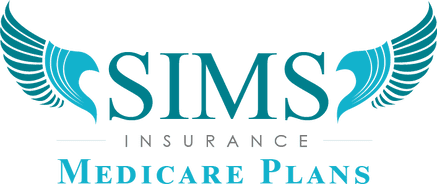Medicare Explained
Medicare is a federal health insurance program that covers treatment for people who:
- Are over the age of 65
- Are under the age of 65 but have particular disabilities that make them eligible
- Have End-Stage Renal Disease (ESRD) that requires them to obtain a transplant or dialysis due to permanent kidney failure.
Medicare is divided into four parts, each covering various services. These are called Parts A, B, C, and D. Parts A and B are the plans most commonly used. Together, they’re called Original Medicare.
Original Medicare
Part A covers hospital insurance, such as inpatient care. It doesn’t apply to long-term or custodial care but covers some kinds of home healthcare and hospice care. Those who opt for Part A don’t usually have to pay premiums since they’ve paid for it already through taxes.
Part B covers medical insurance, such as outpatient care and doctors’ fees. Part B also helps cover some services that Part A doesn’t. For instance, it pays for occupational and physical therapists’ services and home care that’s different from the types covered in Part A. You have to pay a premium every month to utilize Part B. This premium is $148.50 in 2021.
Original Medicare offers low yearly and monthly payments for easy healthcare coverage. To enroll in Plan A and/or Plan B, you must meet at least one of the following eligibility criteria:
- Be 65 years of age or more
- Have ALS (Lou Gehrig’s Disease) or ESRD
- Have received disability benefits for at least two years.
Ready For A Quote?
- Free Consultation
- Need Medicare Help?
- Get fast quotes
We are not connected with or endorsed by the United States government or the federal Medicare program.
Medicare Advantage
Part C, also called Medicare Advantage, helps you decrease your out-of-pocket healthcare cost through additional benefits by coordinating with your providers.
Part C comprises five plans that each offer different coordination methods, prices, and benefits. Each of these plans has different eligibility criteria. The plans are:
- Medicare Medical Savings Account (MSA)
- Private Fee-for-Service (PFFS)
- Health Maintenance Organization (HMO)
- Preferred Provider Organization (PPO)
- Special Needs Plans (SNPs)
Medicare Advantage refers to plans that include Original Medicare and often Part D coverage. Many people opt for it since it offers extra benefits that aren’t included in the Original Medicare plans, such as dental, hearing, and vision.
Part D
Part D covers costs for prescription drugs. You have to pay a premium every month to get your prescription drugs covered.
Part D plans are also tier-structured—the higher your tier, the costlier your premium is. Even so, these premiums are typically far less expensive than the price you would pay for prescription drugs out-of-pocket.
Payment
Medicare usually consists of these costs: deductibles, premiums, and coinsurance/copayments. Here’s how they work.
- Deductibles: These are yearly fees that aren’t included in premium payments. You have to pay them to receive Medicare coverage.
- Premiums: These are monthly fees you need to pay. The amount depends on the plan you choose and when you enrolled. Enrolling late can cause permanent late enrollment penalties to be added onto the premium.
- Coinsurance/copayment: These are out-of-pocket fees you have to pay whenever you use your plan’s benefits. It can be in the form of a flat cost (copayment) or a percentage (coinsurance).
Time to Find the Right Coverage
We can help you find the right Medicare plan for you in Oregon. At Sims Insurance Medicare Plans, we believe that everyone should be able to access the healthcare they need. We’ve been helping clients live their best lives since 2014 by providing them with the best plans for them.
If you want to learn more about Medicare, call us at (541) 915-0939.

